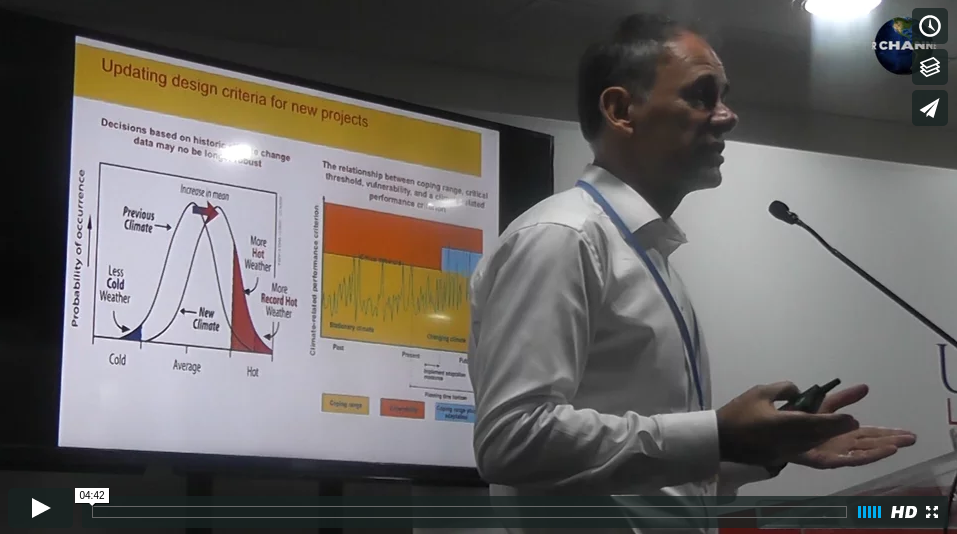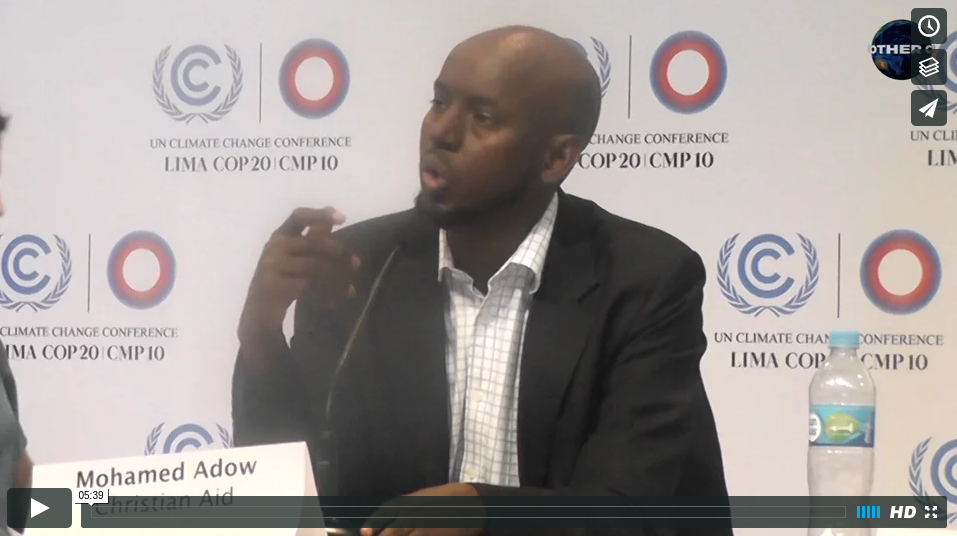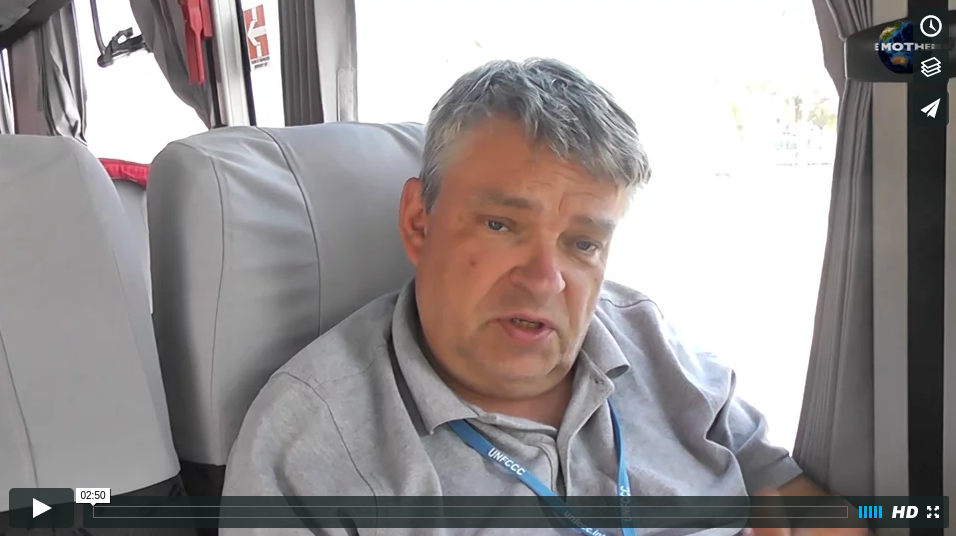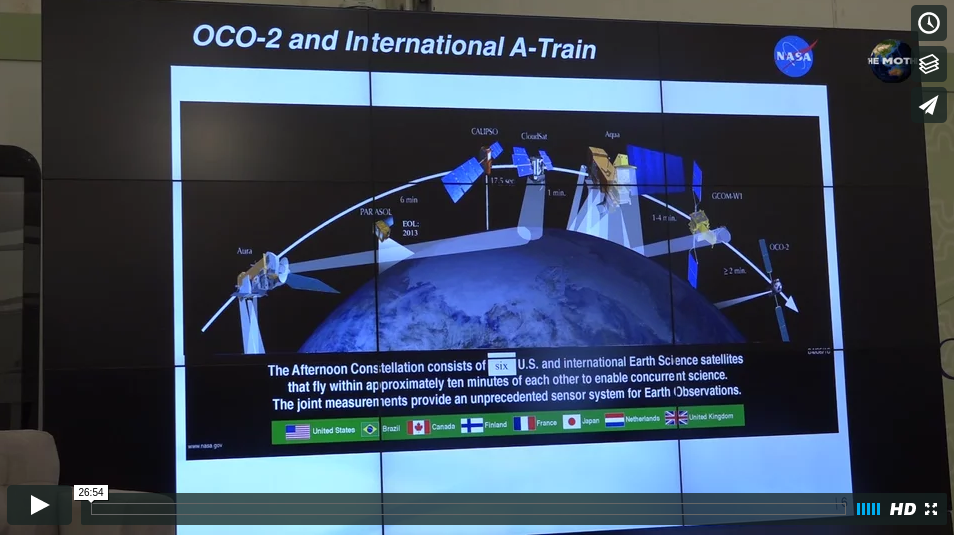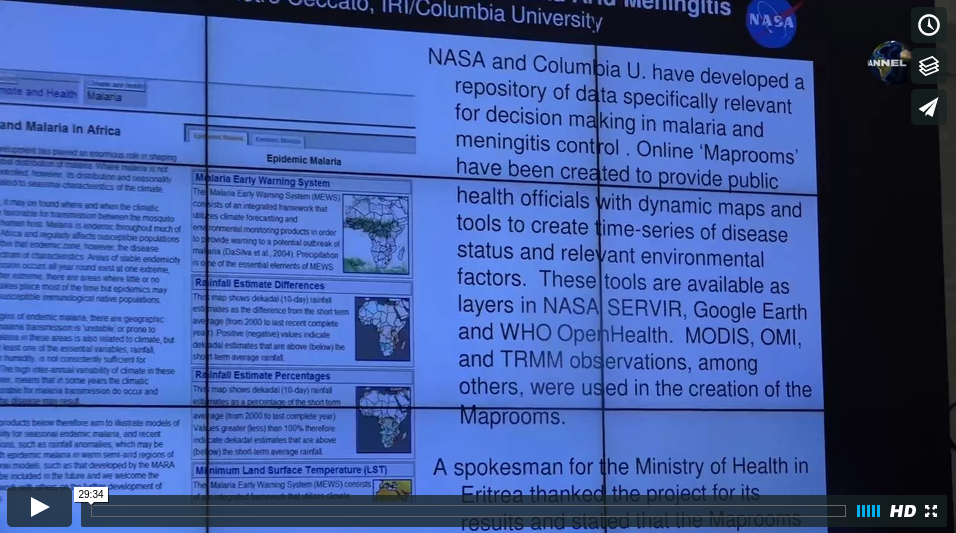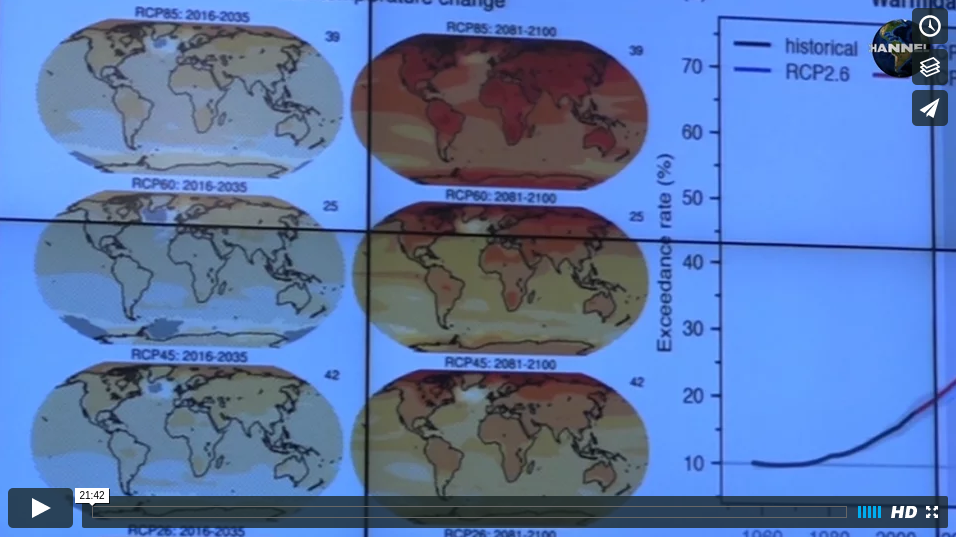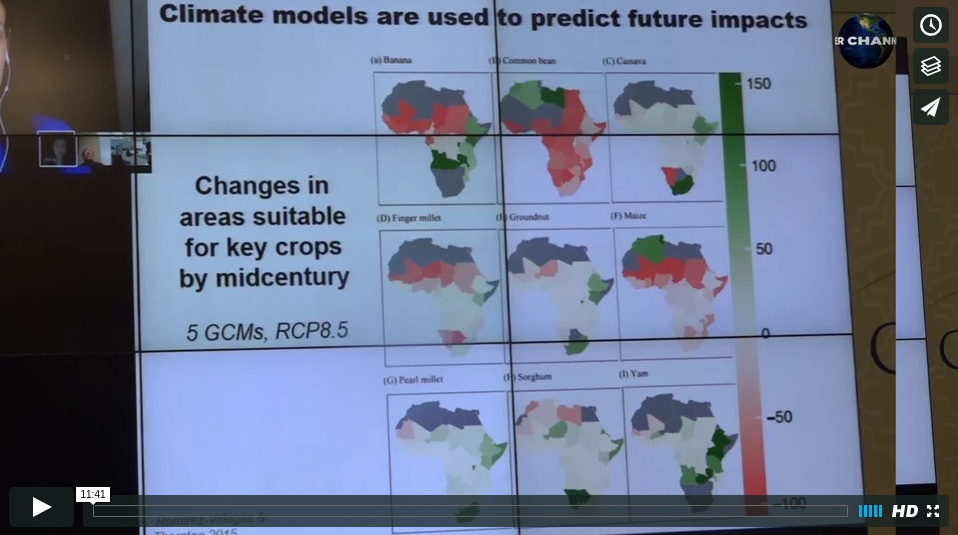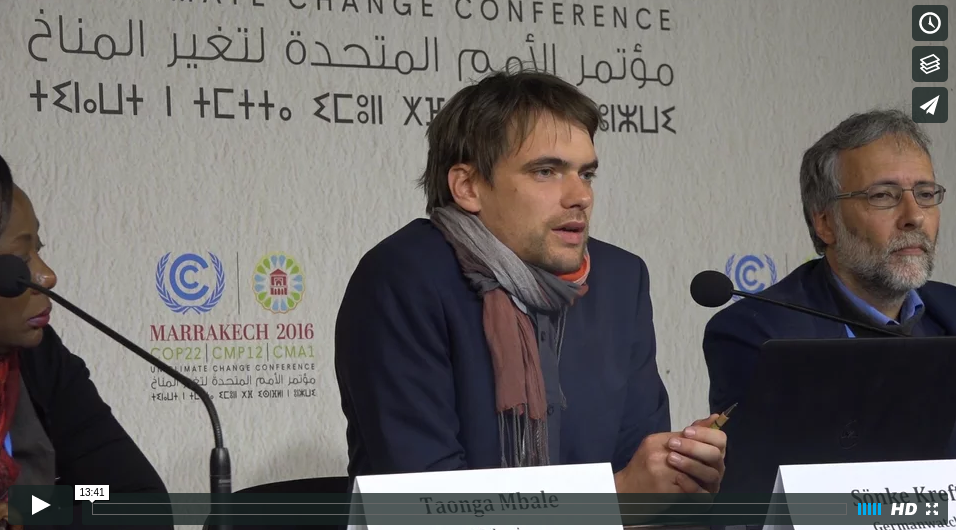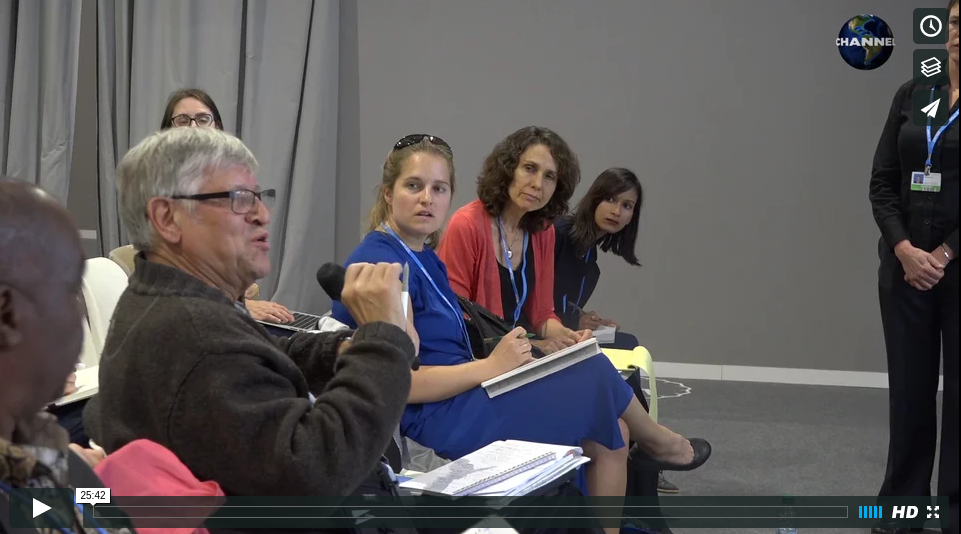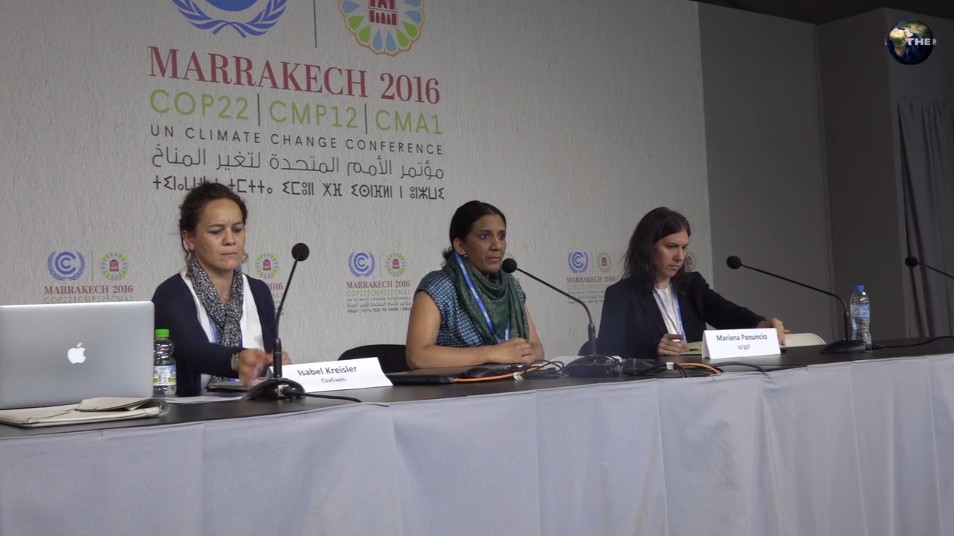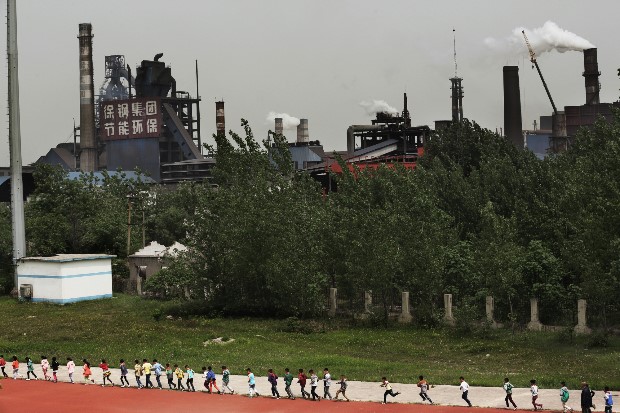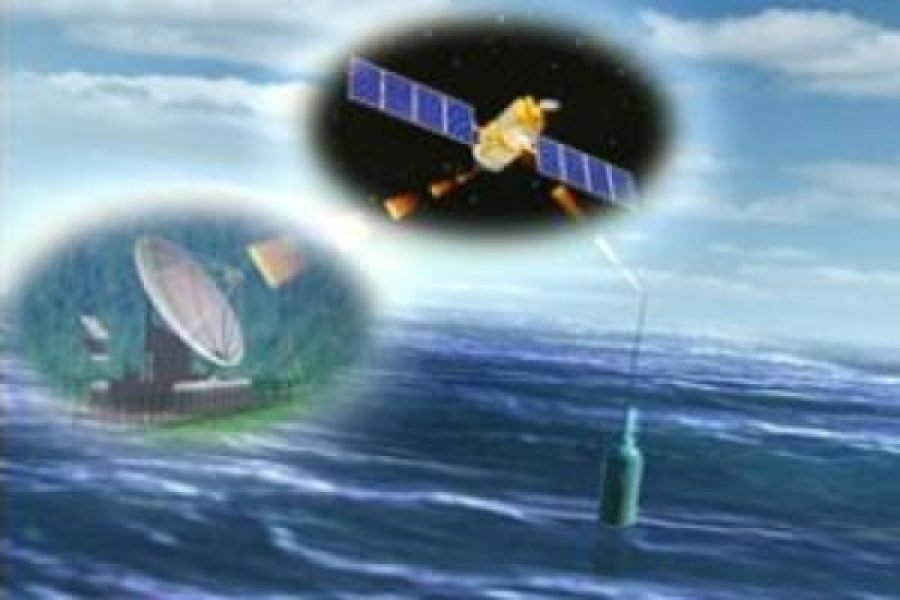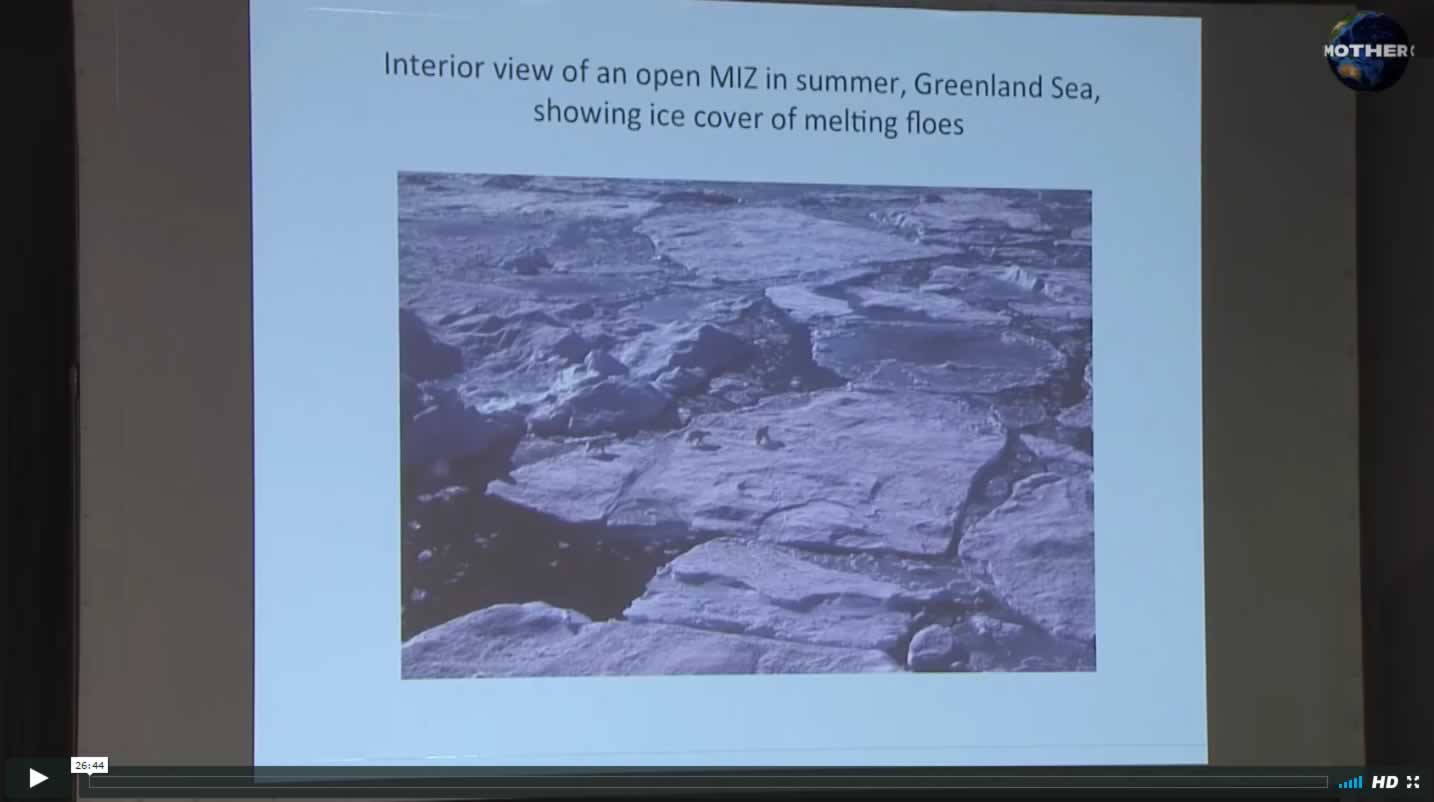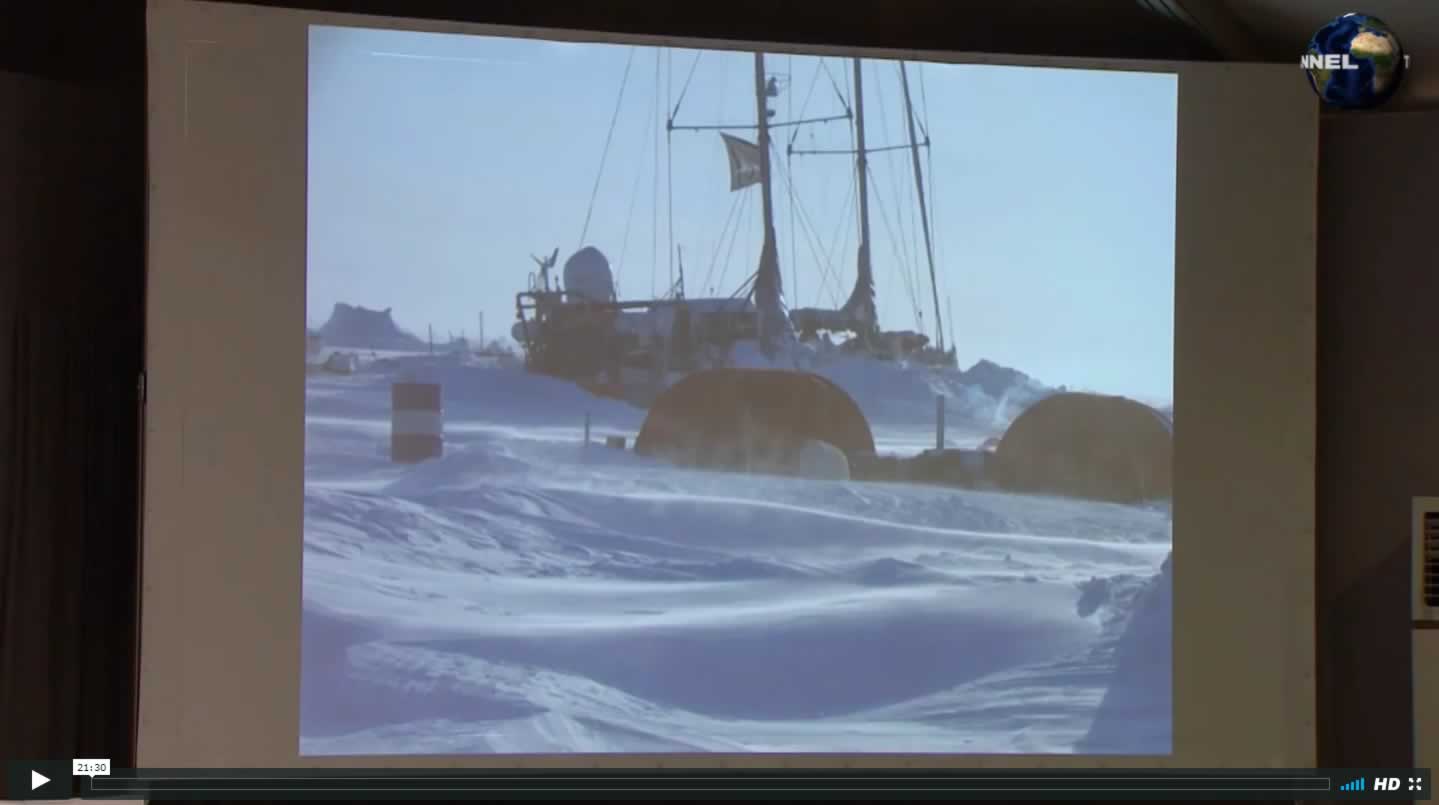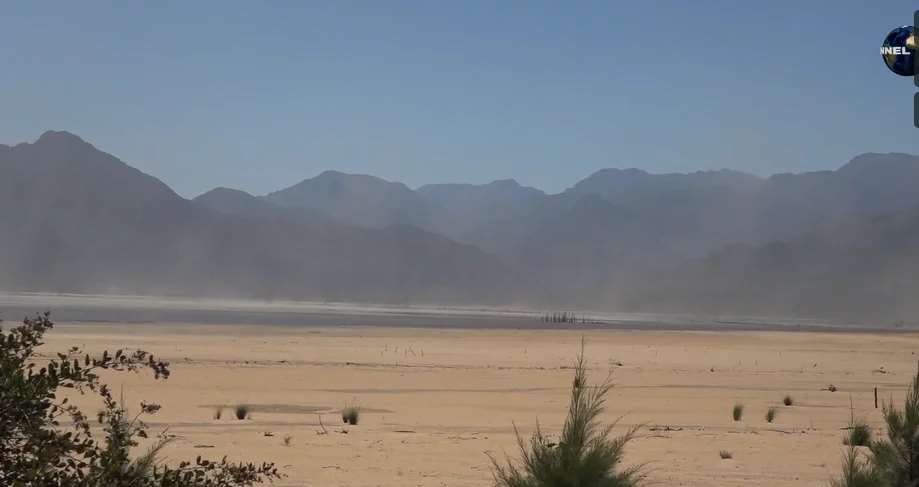- Live Stream
- Climate Change
- ENN
- Environmental Info
- Green Business
- Green Solutions
- Beautiful World
- Categories
- Articles
- Arctic & Glaciers
- Polar Regions and Glacier Reports
- Ethical Dimensions
- Global Warming
- Peatlands & Wetlands
- ENN – The Environmental News Network
- Agriculture
- Chemicals
- Conservation
- Fish Crime
- Forests
- Health
- Mountains
- Oceans
- Energy
- Money
- Green or Gone
- Nutrition
- Permaculture
- Various Solutions
- Powerful
- Watch This
- Water
- Breaking News
- Series ENN
NOAA~GFDL Climate Modelling and Predictions in 21st Century
NOAA’s Geophysical Fluid Dynamics Laboratory Director, Mr V. Ramaswamy, speaks on the capture of Changes in Earths systems, i.e. Atmosphere, Oceans, Land and Ice, etc utilizing high resolution modelling in the 21st century to predict more detailed regional climate mapping and information. In terms of what has been observed, conclusions reached by IPCC AR5 Assessment […]
CLOSE

